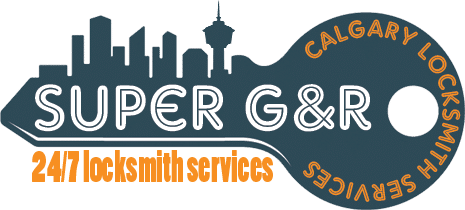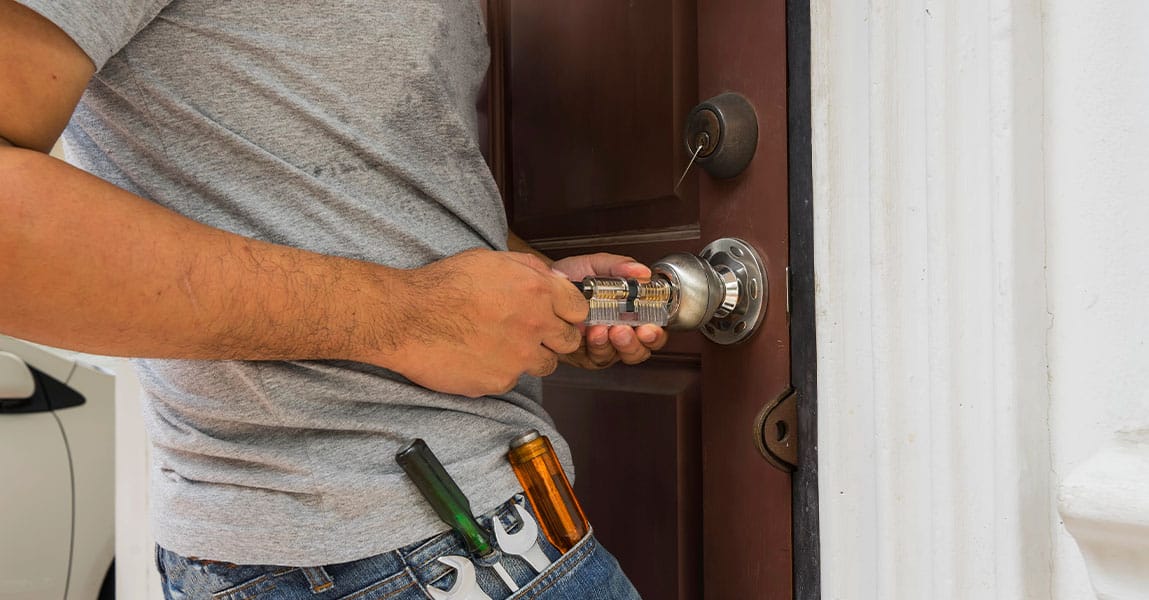As the holiday season approaches, many of us prepare for one of the busiest times of the year. Retail stores often see more foot traffic, extended hours, and increased inventory. With this activity comes higher risk, making security an urgent concern. Upgrading locks before the rush is one step store owners can take to protect their business and create peace of mind during the most demanding months.
Rising Holiday Security Risks
Every holiday season brings both opportunity and vulnerability for retailers. Increased stock means more valuable items are stored on site, while busy staff may not always notice suspicious behavior. Thieves often look for weak points such as old locks or doors that have not been reinforced. Criminals know that the chaos of the season makes detection harder. When we consider these factors, it becomes clear that preparing early is essential. A strong lock system acts as the first barrier and can deter attempts before they happen.
Wear and Tear on Locks Over Time
Daily use puts pressure on any locking mechanism, especially in stores that see hundreds of customers a day. Over time, keys may become harder to turn, locks may stick, or doors may fail to close as tightly as they should. These small issues might seem harmless but can actually create serious weak spots. A compromised lock is more likely to be picked or forced. By upgrading before the holidays, we reduce the chance of failures at the worst possible time. Proactive action is always better than waiting for a break-in to reveal the problem.
Benefits of Modern Locking Systems
Current lock technology offers features that go beyond basic keys. Options such as electronic deadbolts, access control systems, and high security cylinders allow us to tailor protection to our needs. Electronic systems can track entries and restrict access during certain hours, which is especially valuable when seasonal staff are added. Traditional locks still have their place, but combining them with updated solutions increases strength. Our team believes that a layered approach, where mechanical and digital options work together, provides the best balance of control and durability.
Managing Seasonal Staff Access
During the holiday season, many retail stores bring in temporary workers. Providing them with traditional keys may create long term risks if keys are lost or copied. Systems with programmable cards or codes solve this problem by allowing access to be added or removed instantly. If an employee leaves, their access can be canceled without affecting others. This prevents lingering security gaps. Planning ahead helps ensure that only current staff can enter areas like stockrooms or cash handling offices.
Nighttime and Off Hour Protection
While daytime security is critical, many incidents occur after hours. Thieves may target stores once lights are off and staff have gone home. Old locks are often the easiest way in. High security locks designed to resist drilling, bumping, and forced entry offer stronger resistance. Adding reinforced strike plates and door hardware further reduces weak points. When alarms and cameras are combined with strong physical locks, the chances of intrusion drop sharply. We should remember that a break-in attempt that takes too long usually discourages the criminal entirely.
Insurance and Compliance Considerations
Insurance providers often evaluate the level of protection before approving claims. If locks are outdated or not rated for commercial use, compensation may be reduced after a theft. Upgrading locks demonstrates that we take preventive measures seriously, which can help with compliance and may even lower premiums. This is one of the less discussed benefits, but it can save store owners real money in the long run. Meeting or exceeding industry standards ensures that coverage is not put at risk by avoidable oversights.
Customer Safety and Trust
Holiday shoppers expect to feel safe while browsing. Weak doors or broken locks can create a poor impression, even if nothing happens. A store that looks secure encourages confidence and repeat visits. Beyond protecting goods, we also have a duty to protect the people who choose to shop with us. Simple upgrades to locks, combined with visible security features, contribute to a safer environment. Customers may not comment on strong locks, but they will notice if the store seems vulnerable.
Working with Professionals
Choosing and installing the right locks can be complex. Different doors and frames require different hardware. In some cases, an assessment of the entire property reveals other areas needing reinforcement, such as back entrances or delivery points. Working with a professional ensures that the correct type of lock is used for each area. For example, an interior office may only need a standard deadbolt, while an exterior glass door requires a higher grade option. A trusted locksmith Calgary can guide us through these decisions and provide installation that meets commercial standards.
Budgeting for Lock Upgrades
Many store owners worry about costs during the holiday season, but planning early can make upgrades manageable. Not every lock has to be replaced at once. We can prioritize the most vulnerable areas first, such as front entrances or cash handling rooms, then expand improvements to other points. The return on investment comes from preventing theft, avoiding disruptions, and protecting staff. In the long term, the cost of replacement is far less than dealing with a single incident of loss or damage.
A Practical Timeline for Action
Waiting until December to address security is risky. The best time to act is during the fall, before the holiday season is in full swing. This gives us time to schedule inspections, order hardware, and complete installation. If changes are made too late, the store may face disruptions during its busiest weeks. By upgrading locks in advance, we ensure smooth operations and peace of mind throughout the entire season. Early preparation is one of the most effective tools we have.
Extra Tip: Layered Security Beyond Locks
While locks are central to protection, combining them with other measures makes the system stronger. Adding door sensors, motion lighting, or cameras helps create multiple layers of defense. For example, a store may use high security locks on all entrances, backed up by an alarm system that alerts us if someone tampers with them. This layered approach ensures that if one barrier is tested, others will still respond. Taking the time to review overall security gives us more confidence heading into the busiest time of the year.
Taking the Next Step
If you are unsure whether your locks are ready for the season, the best first step is a professional assessment. Our team has seen many cases where a quick inspection uncovered weak spots that store owners had overlooked. Acting now means avoiding costly surprises later. To schedule an assessment or to discuss the right options for your store, you can reach us directly through contact us.
FAQs
Why should locks be upgraded before the holiday season instead of after?
Because theft risks rise during the holidays, waiting until after the season means leaving your store vulnerable when risks are highest.
Do electronic locks make sense for small retail stores?
Yes, even smaller stores benefit from the control electronic locks provide, especially when managing seasonal staff or deliveries.
How often should commercial locks be replaced?
There is no fixed rule, but locks should be reviewed every few years or immediately if signs of wear appear.
Can upgraded locks really deter thieves?
Stronger locks make forced entry more difficult and time consuming, which usually causes thieves to give up.
What areas of a store should be prioritized for lock upgrades?
Front entrances, back doors, and cash handling areas should be addressed first, followed by storage rooms and offices.

